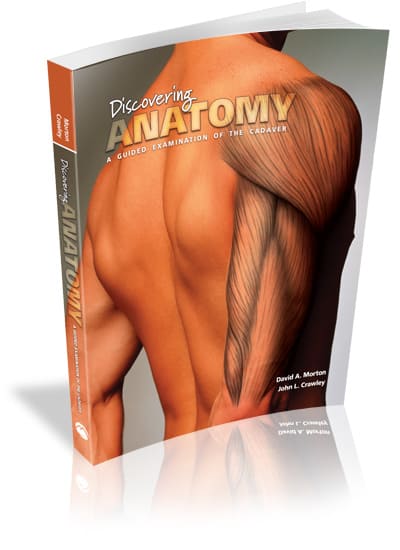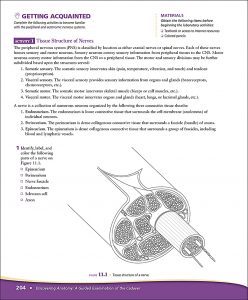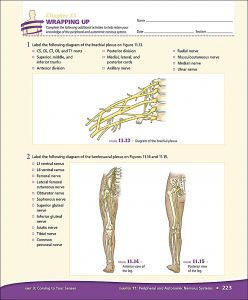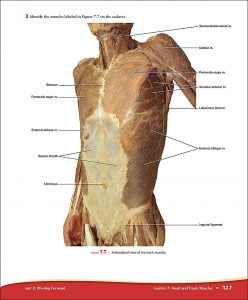Dr. Morton is a Professor and Vice-Chair of Medical and Dental Education in the Department of Neurobiology and Anatomy at the University of Utah School of Medicine. He serves as curriculum director and teaches gross anatomy, histology, and neuroanatomy to medical, dental, physician assistant, physical therapy, and occupational therapy students. His research interests include the creation and incorporation of active learning activities and use of cadavers in medical education.




